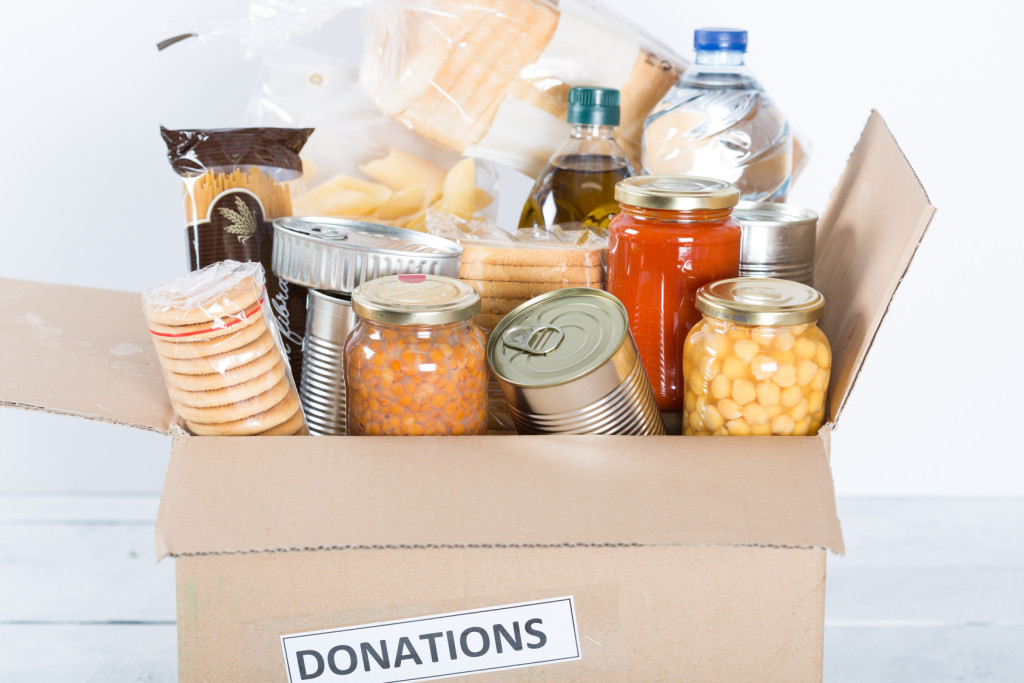Many families across America struggle with providing food for their families. Financial needs prohibit them from being able to provide nourishing food for themselves and their children. Too often families are obligated to go without food to be able to afford other life necessities like medicine.
Unfortunately, in America, a portion of perfectly good food is being thrown into landfills, when that food could have gone to a family in need. People should consider redirecting the unspoiled food to local food-donation centers in their community to help them save money, help the environment, and most importantly help a family in need. Food pantries, soup kitchens, and food banks are often located in your local supermarket for you to conveniently donate.
What to donate
Food pantries will except non-perishable and unspoiled perishable food. Bank donors are typically found in large supermarket chains, wholesale stores, organized community food drives, and so on. It is smart to check with your local food bank or organized donation drop-off to see what food they will accept or what food they are still in need of.
Some non-perishable foods include: nut butters, pasta, soup & stews, canned vegetables, canned fruit, juice, dried fruit, or baby formula. Do not forget about the ingredients such as canola oil, honey, or broth. Most donation drop-offs will also accept cleaning supplies, paper goods, and other household items. Try to avoid food packaged in glass and do not donate foods that are past the expiration date.
Donating healthy food
Food pantries accept all-types of non-perishable food. However, starchy and high-sugar foods are most common. While these are all needed and gratefully accepted, please remember that recipients need healthy food. Some healthy options they could really benefit from include nuts, beans, low-sodium vegetables, canned tuna, powered milk, whole grain pasta, low-sugar cereals, granola bars, or quinoa.
Also, keep in mind that food allergies are becoming more common. Consider donating gluten free or lactose free options.
Getting your kids involved
It is important to make your kids aware of how fortunate they are to have food on the table every day. They get to eat until their bellies are full, not just enough to get by. And they get to enjoy their favorite foods.
Ask them to think about what kind of food they would like to receive. Would it be peanut butter, pasta, applesauce, or popcorn? Share their favorite Thanksgiving food; is it cranberry sauce, carrots, or stuffing? Ask them what food they would want to donate to a child in need.
Find your local food bank
Food banks and donation drop-off locations are available across the country to help give back to those in need. Food banks can distribute food to hungry families in many different ways such as soup kitchens, youth or senior centers, shelters, etc. Ask your local drop off whttp://foodbankofhudsonvalley.org/agency-list/dutchess/here donations typically go.
Unsure of a donation location? Visit http://foodbankofhudsonvalley.org/agency-list/dutchess/ for a food bank near you (search by County).


